At the beginning of the twenty-first century the Kiowa remained one of Oklahoma’s most vital American Indian tribes. Leaving their ancestral homelands near the headwaters of the Yellowstone River of western Montana in the late seventeenth century, the horse-seeking Kiowa and affiliated Plains Apache had migrated southeast through Crow country and had reached the Black Hills of Wyoming/South Dakota by 1775. Then in the early nineteenth century the two peoples had been pushed south of the Platte to the Arkansas River by the Lakota Sioux and Cheyenne. The new Kiowa and Plains Apache homeland lay in the southwestern plains adjacent to the Arkansas River in southeastern Colorado and western Kansas and the Red River drainage of the Texas Panhandle and western Oklahoma. Characterized by mild winters and ample grazing, the region teemed with bison and feral horse herds, and the Kiowa developed an equestrian, bison-hunting culture. The Kiowa and Plains Apache initially skirmished with the more populous Comanche before creating a confederation between 1790 and 1806, and by 1840 the Kiowa had forged alliances with the Lakota, Cheyenne, Arapaho, and Osage.
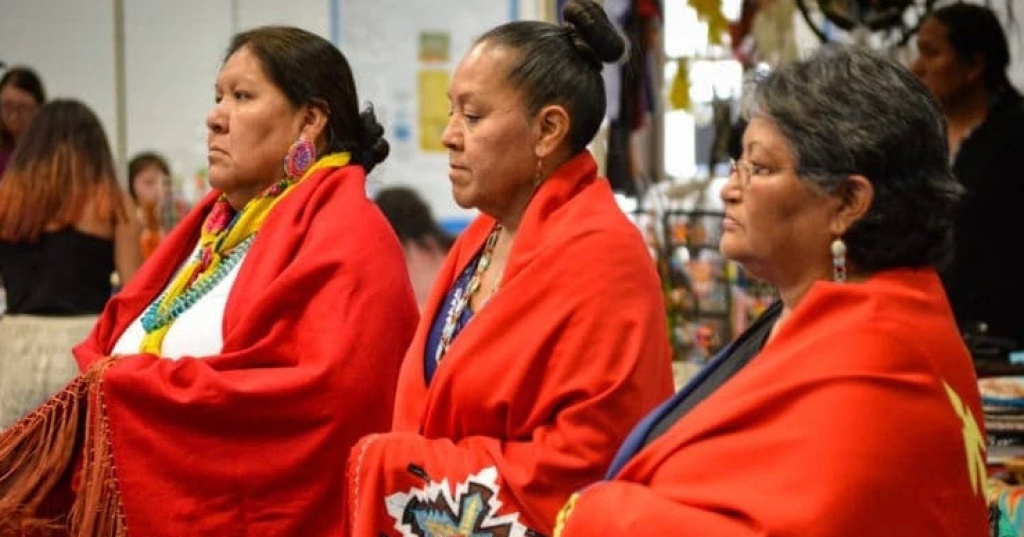
Kiowa County lies in the southwestern portion of Oklahoma, surrounded by Washita County to the north, Caddo and Comanche counties to the east, Greer and Jackson counties to the west, and Tillman County to the south. The western and southern boundary, the North Fork of the Red River, separates Kiowa from Jackson, Greer, and Tillman. Among fifty-eight archaeological sites reflecting the presence of prehistoric Native peoples in the county, one, the Cooperton Mammoth Site, indicates Paleo-Indian presence. Archaic peoples are reflected in eighteen sites and Woodland occupation in one. Thirty-eight Plains Village sites have been examined. In the modern period Spain and France claimed ownership of the region. The area became part of the United States with the Louisiana Purchase in 1803. The Doak’s Stand Treaty of 1820 gave all of southern Oklahoma to the Choctaw.
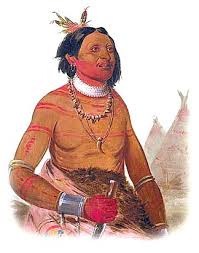
Ten Grandmothers Of the Kiowas
Kiowa Apache. A small Athapascan tribe, associated with the Kiowa from the earliest traditional period and forming a component part of the Kiowa tribal circle, although preserving its distinct language. They call themselves Na-ishañ-dina, ‘our people’. In the earliest French records of the 17th century, in Lewis and Clark’s narrative, full in their first treaty in 1837, they are called by various forms of ‘Gattacka’, the name by which they are known to the Pawnee; and they are possibly the Kaskaia, ‘Bad Hearts, of Long in 1820. The Kiowa call them by the contemptuous title Semät, ‘Thieves’, a recent substitute for the older generic terra Tagúi, applied also to other Athapascan tribes. They are commonly known as Kiowa Apache, under the mistaken impression, arising front the fact of their Athapascan affinity, that they are a detached hand of the Apache of Arizona. On the contrary, they have never had any political connection with the Apache proper, and were probably unaware of their existence until about a century ago. A few Mescalero Apache from New Mexico are now living with them, and individuals of the two tribes frequently exchange visits, but this friendly intimacy is of only 60 or 80 years’ standing. The Kiowa Apache did not emigrate from the southwest into the plains country, but carm with the Kiowa from the north west plains region, where they lay the scene of their oldest traditions. It, is probable that the Kiowa Apache, like the cognate Sarsi, have come down along the east base of the Rocky Mountains from the great Athapascan body of the Mackenzie river basin instead of along the chain of the sierras, and that, finding themselves too weak to stand alone, they took refuge with the Kiowa, as the Sarsi have done with the Blackfeet. As they are practically a part of the Kiowa it everything but language, they need no extended separate notice.

The Kiowa people originally came from Western Montana, near present-day Yellowstone National Park. Over the course of time, they migrated southward, following the Rocky Mountains to eventually settle in the southern plains. In 1867, the United States government relocated the Kiowa people to the “Indian Territory,” which would later become the State of Oklahoma. Today, the Kiowa Tribe is based in the town of Carnegie, Oklahoma and has more than 12,000 members. Kiowa language is an isolated language with no other Native American tribes using Kiowa. [gàui[dóñ:gyá (Kiowa talk) and within Kiowa names the language tells of their migration from the Northern country to where they are today in southwest Oklahoma. As is with most indigenous cultures, the Kiowa epistemology is held within its language: their ways, their customs, and their history is expressed through the Kiowa language. The people are still Kiowa without their language, but a lot of who they are is demonstrated through use of Kiowa language during their societal obligations with Kiowa songs and prayers. It is important that the Kiowa people continue to utilize their language as it is in danger of not being understood by those that still sing the songs and continue their prayers. Currently, approximately 20 fluent Kiowa speakers are left out of approximately 12,000 enrolled tribal members. The low number classifies Kiowa as an endangered language. The Kiowa language is only spoken by the grandparent and great-grandparent generations and no fluent Kiowa language speakers under 18 years-old in the Kiowa Tribe exist.

The Kiowas are a nomadic tribe of plains Indians that migrated to the southern plains (parts of present-day Texas, Oklahoma, and New Mexico) from western Montana in the seventeenth century. From the mid-eighteenth to mid-nineteenth century, the Kiowas ruled the southern plains in alliance with the Comanches. They were nomadic warriors who preferred hunting to agriculture, they were masterful horsemen, and their religion—borrowed from the Crows—was centered on the sun. After their defeat by U.S. forces in the late 1800s, the Kiowas were confined to an Oklahoma reservation, and their traditional culture irrevocably changed.
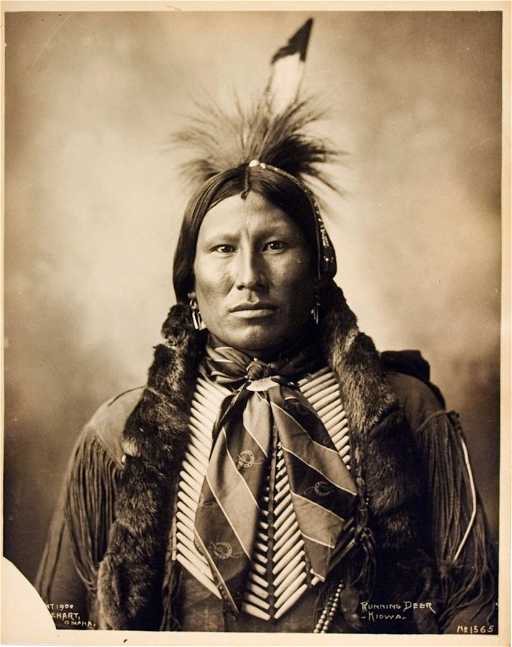
Before the Kiowa came south they were camped on a stream in the far north where there were a great many bears, many of them. One day, seven little girls were playing at a distance from the village and were chased by some bears. The girls ran toward the village and the bears were just about to catch them when the girls jumped on a low rock, about three feet high. One of the girls prayed to the rock, “Rock take pity on us, rock save us!” The rock heard them and began to grow upwards, pushing the girls higher and higher. When the bears jumped to reach the girls, they scratched the rock, broke their claws, and fell on the ground. The rock rose higher and higher, the bears still jumped at the girls until they were pushed up into the sky, where they now are, seven little stars in a group (The Pleiades). In the winter, in the middle of the night, the seven stars are right over this high rock. When the people came to look, they found the bears’ claws, turned to stone, all around the base. No Kiowa living has ever seen this rock, but the old men have told about it – it is very far north where the Kiowa used to live. It is a single rock with scratched sides, the marks of the bears’ claws are there yet, rising straight up, very high. There is no other like it in the whole country, there are no trees on it, only grass on top. The Kiowa call this rock “Tso-aa”, a tree rock, possibly because it grew tall like a tree.
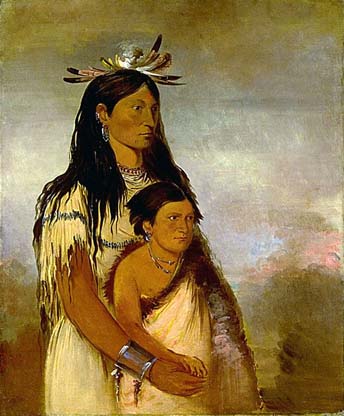
Last Kiowa Sun Dance – SKAW-TOW
O Dom-oye-alm-k’ hee, Creater of the earth,
Bless my prayer and heal our land,
Increase our food, the buffalo power,
Multiply my people, prolong their lives on earth,
Protect us from troubles and sickness,
That happiness and joy may be ours in life,
That life we live is so uncertain,
Consider my supplications with kindness,
For I talk to you as yet living for my people.
This prayer was last said one hundred eleven years ago, in 1887 when the Kiowa people held the last Sun dance, a religious and ceremonial gathering that was the centeral feature of Kiowa life for hundreds of years. The last century has brought great changes for the Kiowa. The Kiowa Nation, once a strong and dominant force on the Southern Plains, was crushed by both military and cultural pressures from the United States in the later part of the nineteenth century. Yet, despite the loss of land and control over their lives, the Kiowa have survived and have emerged to be a leader among Indian peoples. The Kiowa have maintained the delicate balance of preservation of many aspects of the traditional culture of the past through art, song and dance, while also progressing in the fields of education, employment, and economic development for the future. The Sun Dance was a part of the old life that passed, but still lives on in the spirit of many Kiowas.
While the Sun Dance ceremonies were eventually banned by the United States government, and the dance itself is no longer performed today, the Sundances influences still make an impact upon the Kiowa Life. Even when faced with pressures from the Dominent Society to adopt new ways of living and beliefs, the Kiowa people today have retained both memories and culteral elements of the Sun Dance from the past. For example, the ten Kiowa Tah-lee Medicine bundles ( sometimes erroneously referred to as the Ten Grandmothers), which played a central roll in the Sun Dance purification rituals are still cared for by tribal members charged with their safe protection. The “Brush Dance” which is still performed at the annual Kiowa Gourd Clan ceremonials, originated from dances held during the Sun Dance Lodge construction. Even some of the older tribal members can still remember some of the songs from a century ago, which played and integral part in the Sun Dance ceremonies. Moreover, purification through the use of the sweat lodge continues to this day and the steps of the Sun Dance, although somewhat different, do resemble the steps of the current day Gourd Dance and Black Leggings Dance.
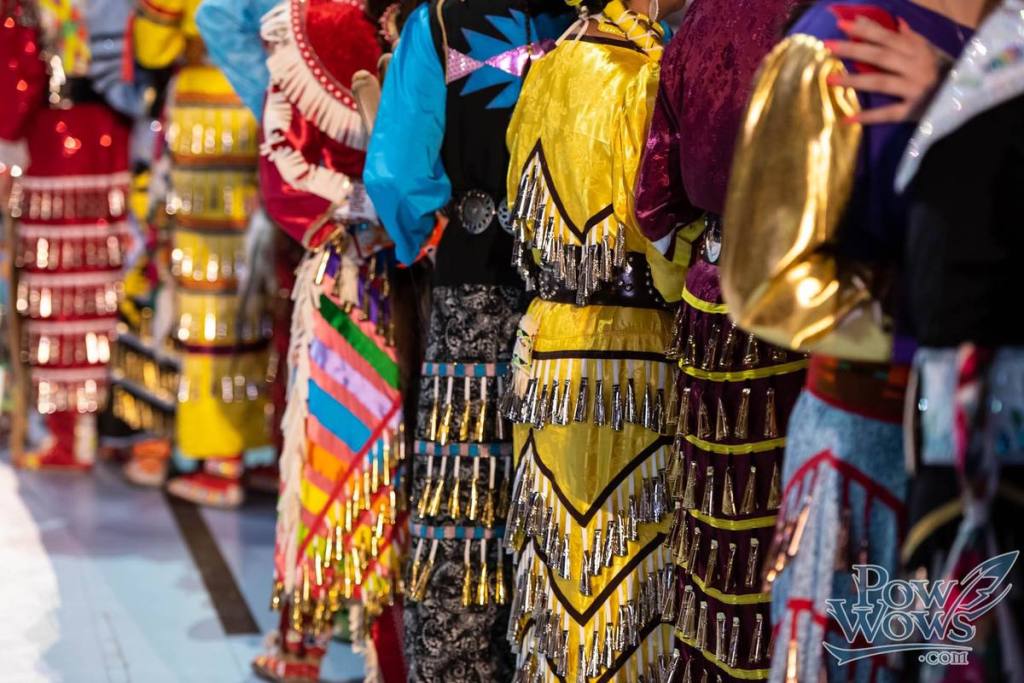
The Kiowa speak a language that is related to the Tanoan-Kiowan linguistic group that is often associated with the Tanoan language spoken by several Puebloan groups of the Southwest. This suggests that the Kiowa may have early origins in the southwest. However, many scholars believe the Tanoan-speaking people broke into separate groups while still in the north and most moved further south, while the ancestral Kiowa stayed in the western Montana region (Levy 2001). It is believed that at one time, several different dialects of Kiowan may have been spoken by different groups, however, by the time of early contact with Europeans, only one identifiable dialect was recognized
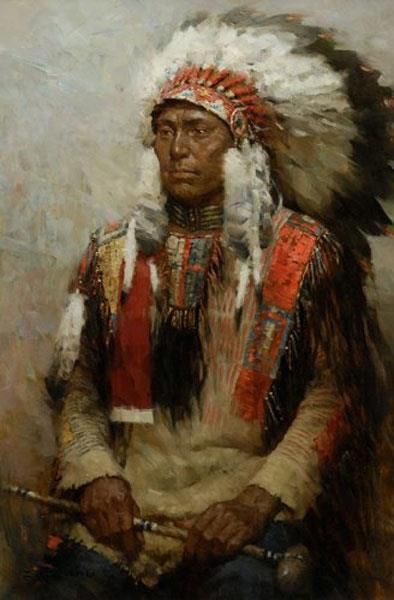
The Kiowa lived in and around the Texas panhandle. This includes western Oklahoma and northeast New Mexico. They were nomadic buffalo hunters. That makes them hunter gatherers. They were famous for their long distance raids. Some of these raids went all the way down into Mexico and way up almost to Canada. They were friends and close allies with the Comanche who lived in the same region. Like the Comanche, they lived in tee-pees. Tee-pees are easy to move and being nomads the Kiowa moved all the time. They moved to follow buffalo herds. Buffalo meat was their most important food. http://www.TexasIndians.com They also gathered plants, roots and berries to eat when they could find them. The women did this gathering. The men hunted.

Elk teeth and skin was believed to be powerful love magic. A woman wearing elk skin and teeth was irresistible to men. The Kiowa speak a language called Tanoan or Kiowa-Tanoan. Tanoan is a large family of several related languages. Kiowa is a form of Tanoan. This is important because there are other Tanoan speakers, the Pueblo Indians. Not all of the Pueblo Indians speak Tanoan. But, most of the Rio Grande river valley Pueblos speak a form of Tanoan. Tiwa is one branch of the Tanoan language. Towa and Tewa are two other closely related Tanoan languages. Language is an important way to trace ancestry because whole tribes do not drop one language and start speaking another. By looking at the relationship between cultures who speak related languages you can begin to see how societies are related and where they come from.
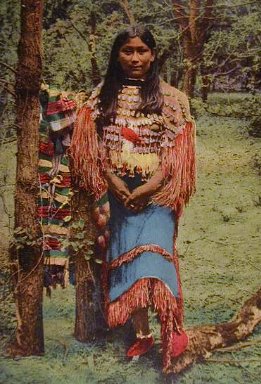
The Kiowa Tribe is a Native American tribe that inhabited present-day Oklahoma and Kansas. They are a federally recognized tribe and have a population of about 12,000. The Kiowa Tribe is known for their art, culture, and history. The Kiowa Tribe has a rich history. They were one of the first tribes to inhabit the Great Plains. They were also one of the most powerful tribes in the region. The Kiowa Tribe is known for their art, which is characterized by its bright colors and geometric designs. They are also known for their culture, which is centered around the horse. The Kiowa Tribe is also known for their history, which is closely intertwined with that of the United States. The Kiowa Tribe is a federally recognized tribe and has a population of about 12,000. The tribe is based in Oklahoma, but also has members in Kansas. The Kiowa Tribe is known for their art, culture, and history.
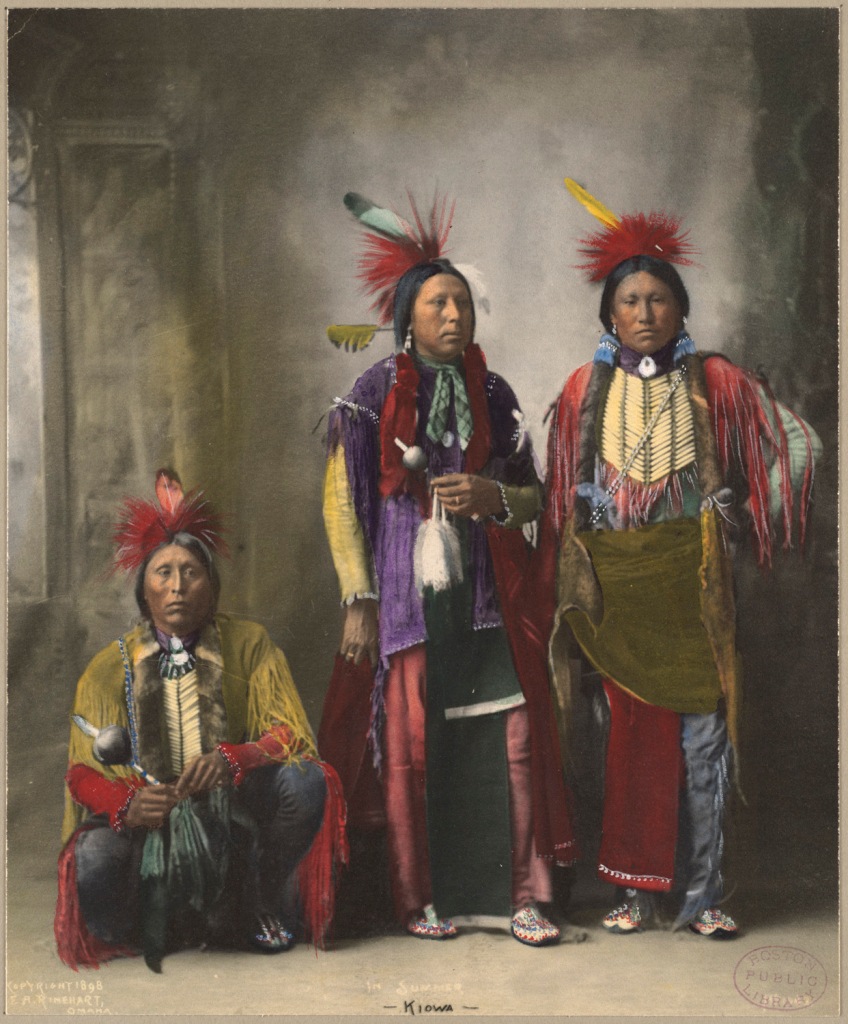
KIOWA NATION
Kiowa (/ˈkaɪ.əwə, -ˌwɑː, -ˌweɪ/) people are a Native American tribe and an indigenous people of the Great Plains of the United States. They migrated southward from western Montana into the Rocky Mountains in Colorado in the 17th and 18th centuries, and finally into the Southern Plains by the early 19th century. In 1867, the Kiowa were moved to a reservation in southwestern Oklahoma. Today, they are federally recognized as Kiowa Indian Tribe of Oklahoma with headquarters in Carnegie, Oklahoma. As of 2011, there were 12,000 members. The Kiowa language (Cáuijògà), part of the Tanoan language family, is in danger of extinction, with only 20 speakers as of 2012.
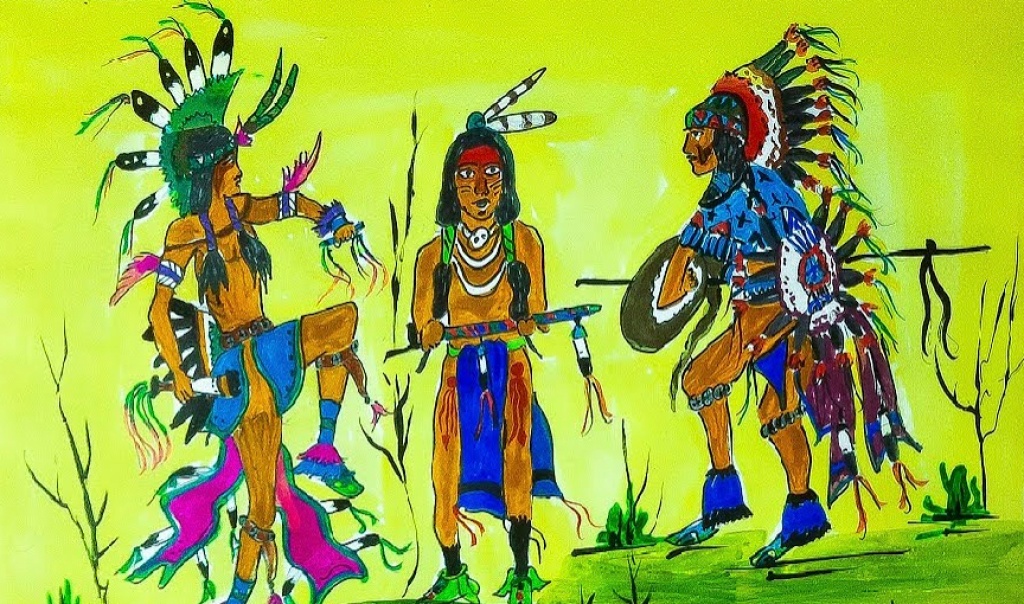
In the Kiowa language, Kiowa call themselves [kɔ́j–gʷú], spelled variously as Ka’igwu, Cáuigú, [Gáuigú, or Gaigwu, most given with the speculated meaning “Principal People.” The first part of the name is the element [kɔ́j] (spelled Kae-, Cáui-, [Gáui, or Gai-] which simply means ‘Kiowa’. Its origin is lost. The second element -gua/gú [–gʷú] (or –gʷúɔ̯] in older Kiowa) is a plural marker. The Kiowa language is a member of the Kiowa-Tanoan language family. The relationship was first proposed by Smithsonian linguist John P. Harrington in 1910, and was definitively established by Ken Hale in 1967.[11] Parker McKenzie, born 1897, was a noted authority on the Kiowa language, learning English only when he began school. He worked with John P. Harrington, who gave him first-author credit on a co-published work, in an era when Native consultants were rarely credited at all[12] Later he also worked with Laurel Watkins on the Kiowa language. He went on to discuss the etymology of words and insights of how the Kiowa language changed to incorporate new items of material culture. McKenzie’s letters are in the National Anthropological Archives on pronunciation and grammar of the Kiowa language.
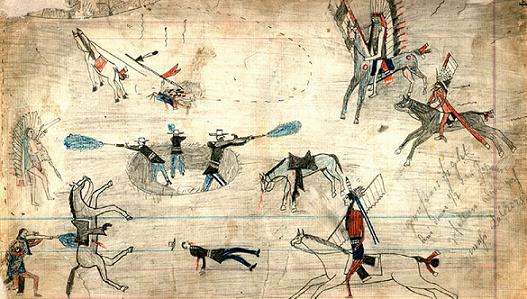
The Kiowa Indian Tribe of Oklahoma is headquartered in Carnegie, Oklahoma. Their tribal jurisdictional area includes Caddo, Comanche, Cotton, Grady, Kiowa, Tillman, and Washita Counties. Enrollment in the tribe requires a minimum blood quantum of ¼ Kiowa descent. The Kiowa tribe issues its own vehicle tags.
The Kiowa had two political subdivisions (particularly with regard to their relationship with the Comanche):
- To-kinah-yup or Thóqàhyòp /Thóqàhyòi (″Northerners″, lit. ‘Men of the Cold’ or ′Cold People′, ‘northern Kiowa’, lived along the Arkansas River and the Kansas border, comprising the more numerous northern bands)
- Sálqáhyóp or Sálqáhyói (″Southerners″, lit. ′Hot People′, ‘southern Kiowa’, lived in the Llano Estacado (Staked Plains), Oklahoma Panhandle and Texas Panhandle, allies of the Comanche).
- The Gwa-kelega or Gúhàlēcáuigú (‘Wild Mustang Kiowa’ or ′Gúhàlē Kiowa′, they were named for the large mustang herds in the territory of the Kwahadi (Quohada) Band of the Comanche, this Comanche Band was known to them as Gúhàlēgáu – ′Wild Mustang People′′, with which they were living in close proximity during the last resistance to white settlement on the Southern Plains).
As members of the Kiowa-Tanoan language family, the Kiowa at some distant time likely shared an ethnic origin with the other Amerindian nations of this small language family: Tiwa, Tewa, Towa, and others. By historic times, however, the Kiowa lived in a hunter-gatherer economy unlike the sedentary pueblo societies of the others. The Kiowa also had a complex ceremonial life and developed the ‘Winter counts‘ as calendars. The Kiowa recount their origins as near the Missouri River, and the Black Hills. They knew that they were driven south by pressure from the Sioux.
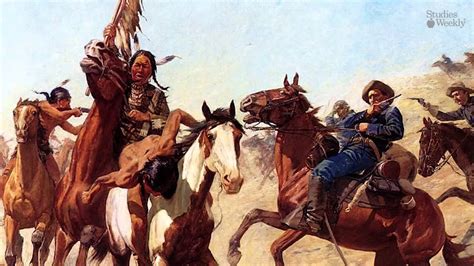
MUSICIANS AND COMPOSERS
Kiowa music often is noted for its hymns that historically were accompanied by dance or played on the flute. Noted Kiowa composers of contemporary music include James Anquoe, noted for his contributions to Native American culture.[60] Contemporary Kiowa musicians include Cornel Pewewardy, Tom Mauchahty-Ware, and Terry Tsotigh.
Many Native Americans dispute the origin of the legend of the Gourd Dance. A Kiowa story recounts the tale of a young man who had been separated from the rest of the tribe. Hungry and dehydrated after many days of travel, the young man approached a hill and heard an unusual kind of singing coming from the other side. There he saw a red wolf singing and dancing on its hind legs. The man listened to the songs all afternoon and through the night and when morning came, the wolf spoke to him and told him to take the dance and songs back to the Kiowa people. The “howl” at the end of each gourd dance song is a tribute to the red wolf. The Kiowa Gourd Dance was once part of the Kiowa Sun Dance ceremony.
Kiowa Tribe of Oklahoma with headquarters in Carnegie, Oklahoma. The Kiowa language (Cáuijògà) is still spoken today and is part of the Tanoan language family. Kiowa call themselves Ka’igwu, Cáuigù or Gaigwu, most given with the meaning “Principal People”. Since 1968, the Kiowa have been governed by the Kiowa Tribal Council, which preside over business related to health, education, and economic and industrial development programs.
- 208 Hardee Street West, Anadarko OK 73005
- 1621 SW Lee Blvd, Lawton OK 73501
- (580) 951-0365
- (580) 654-2300
Website: http://kiowatribe.org/
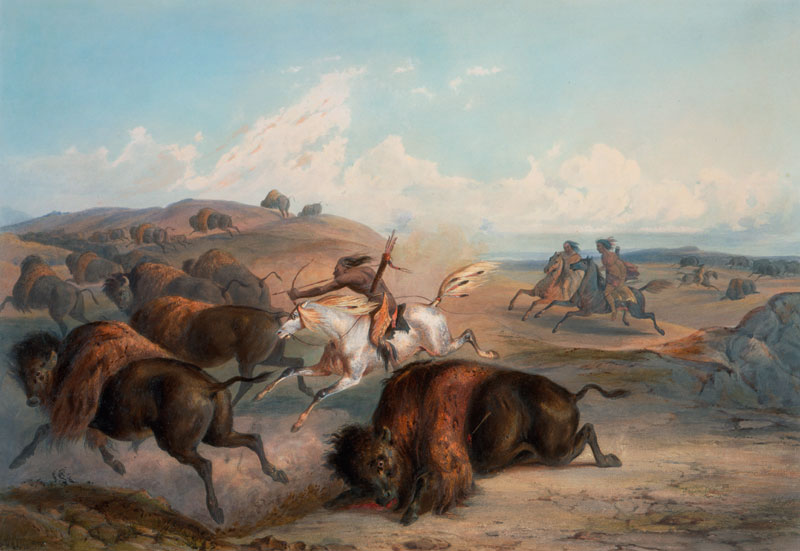
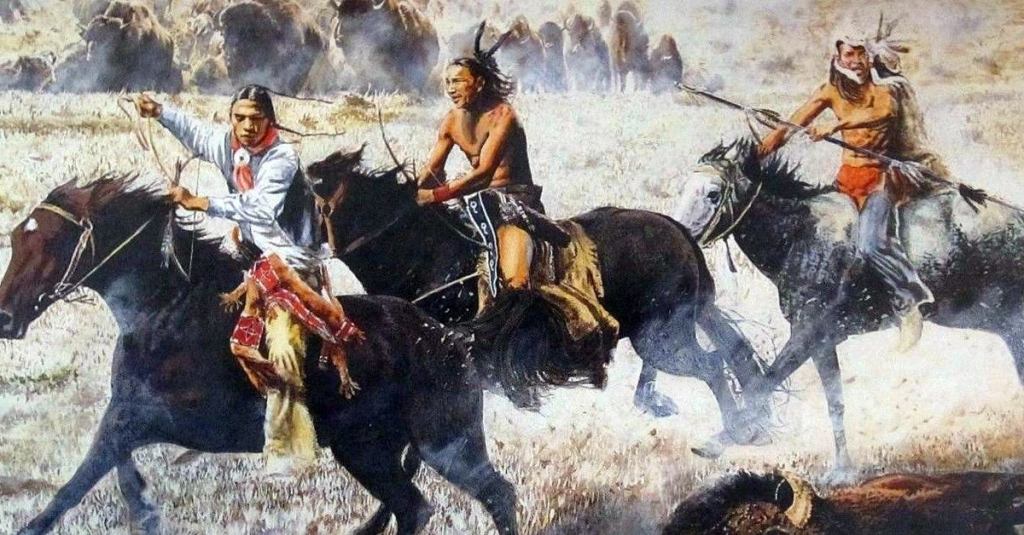
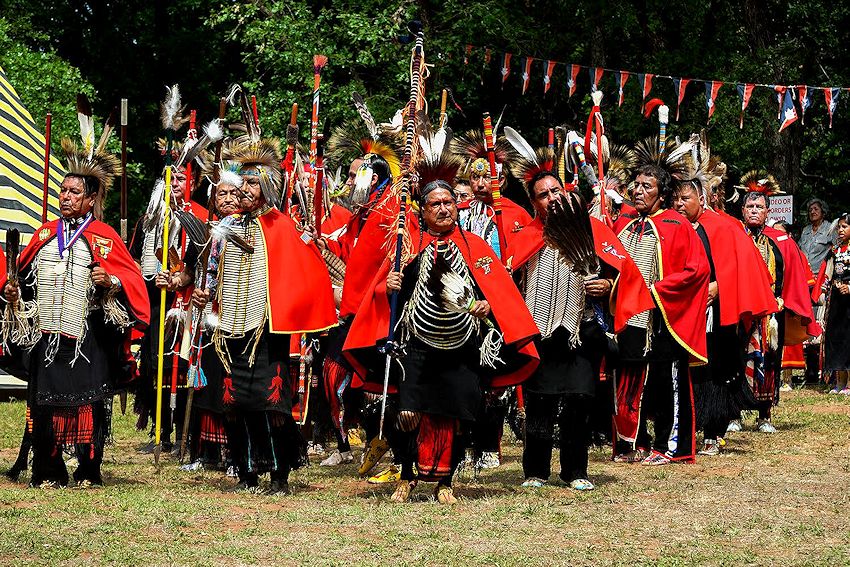
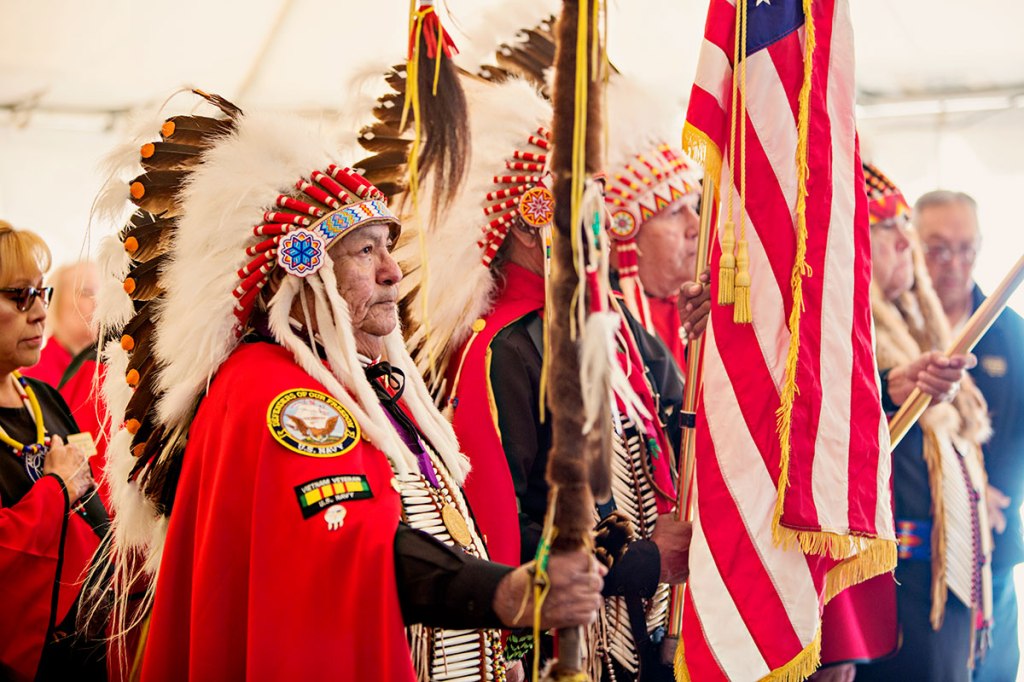
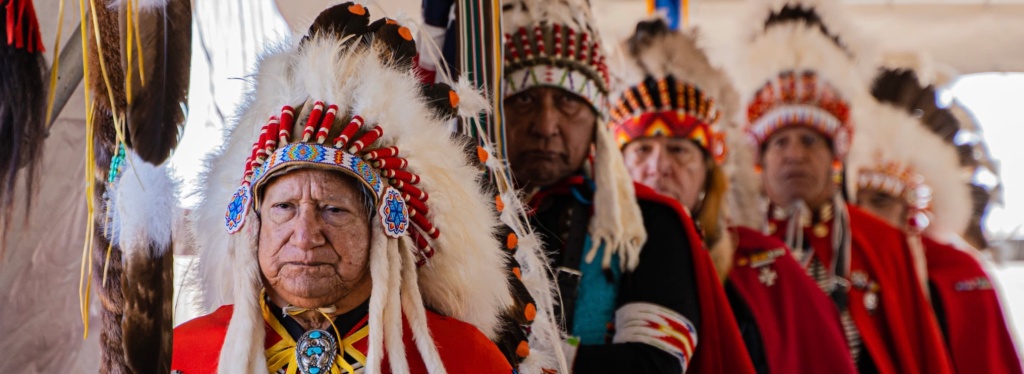
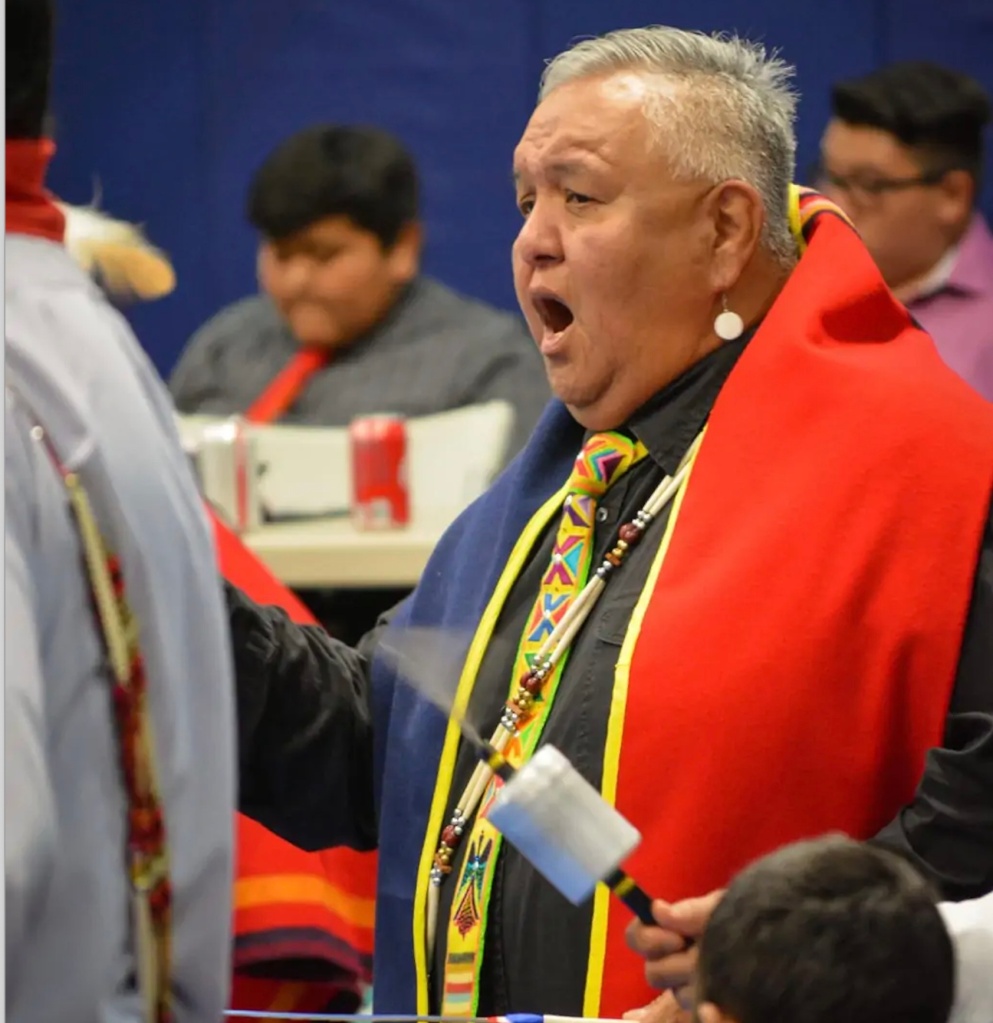
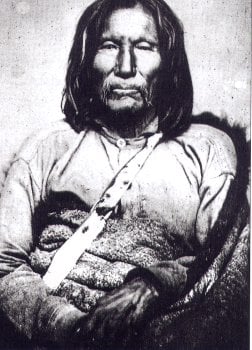

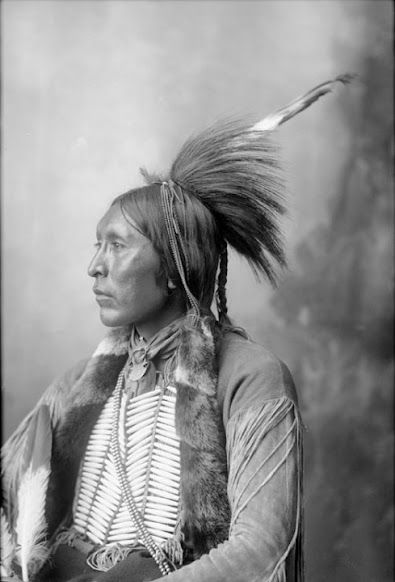
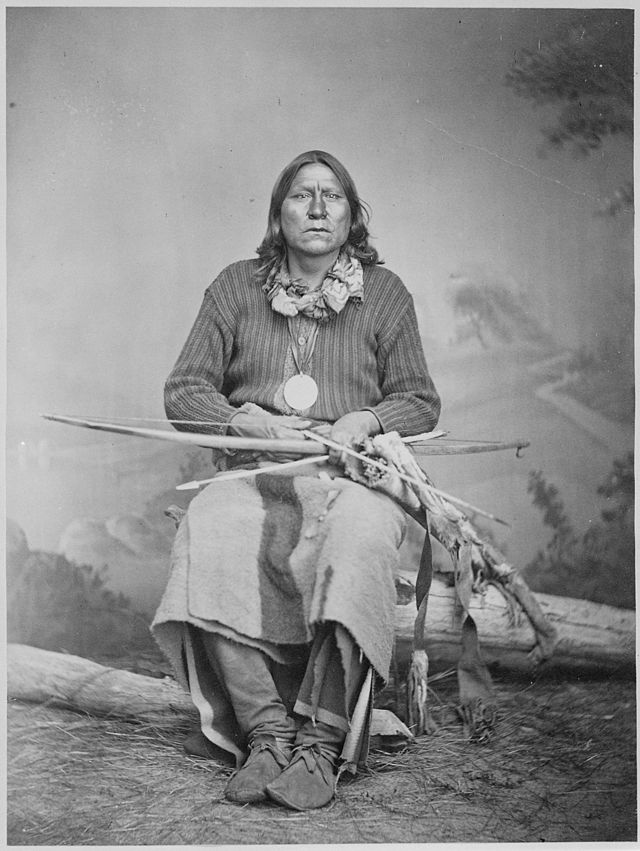
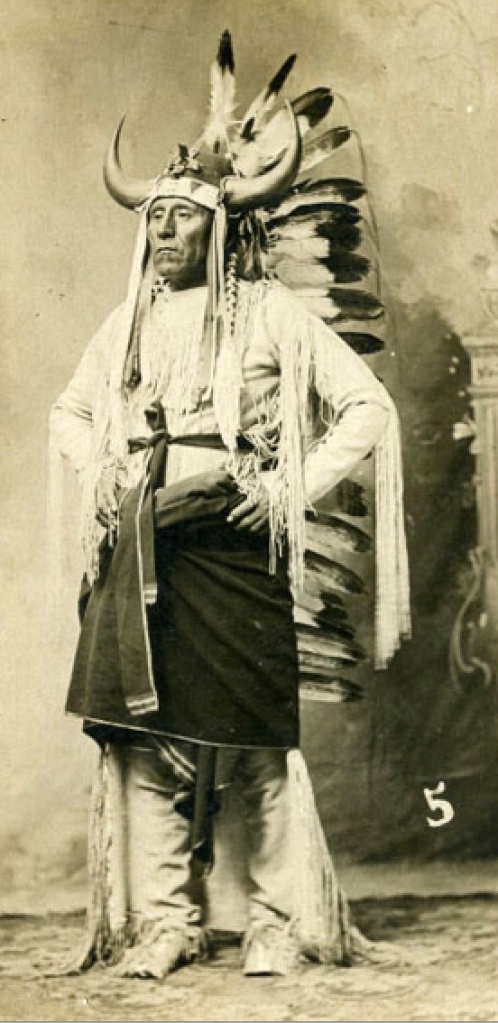
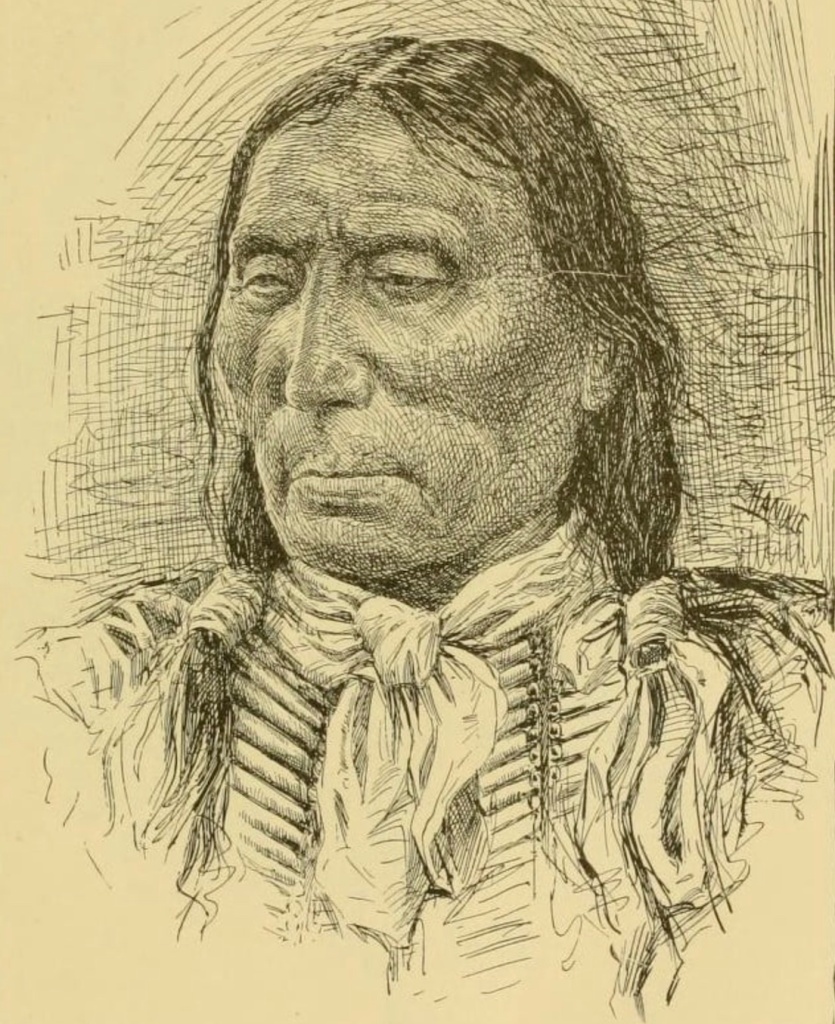
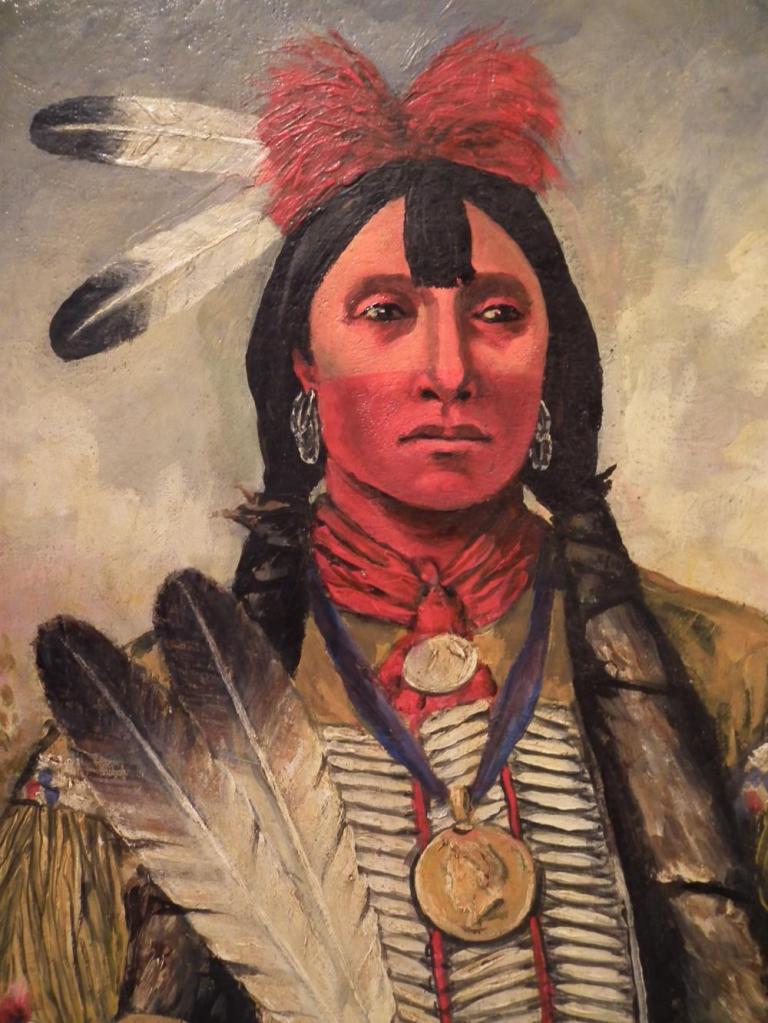
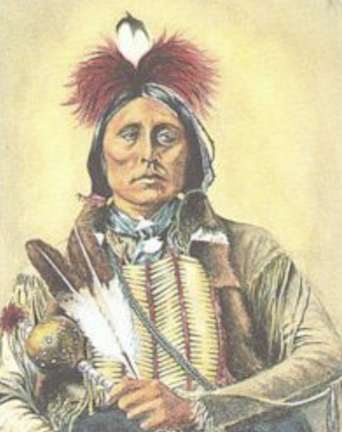
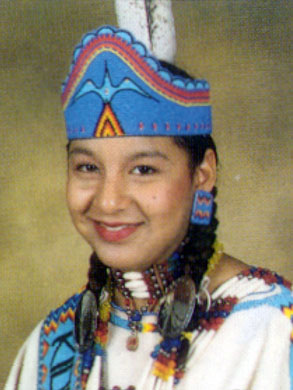
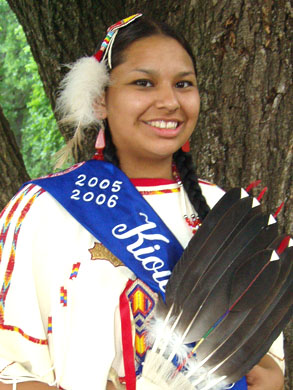
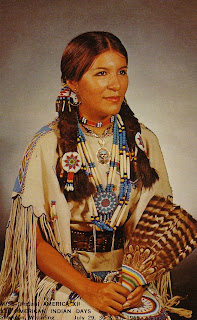

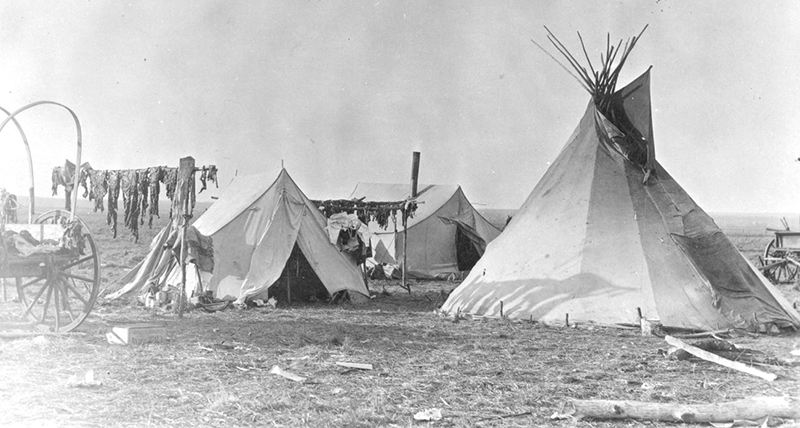
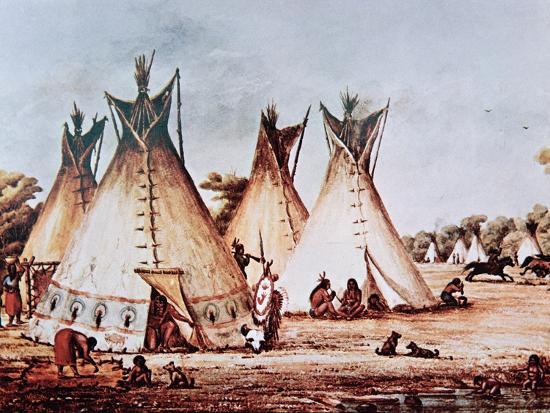
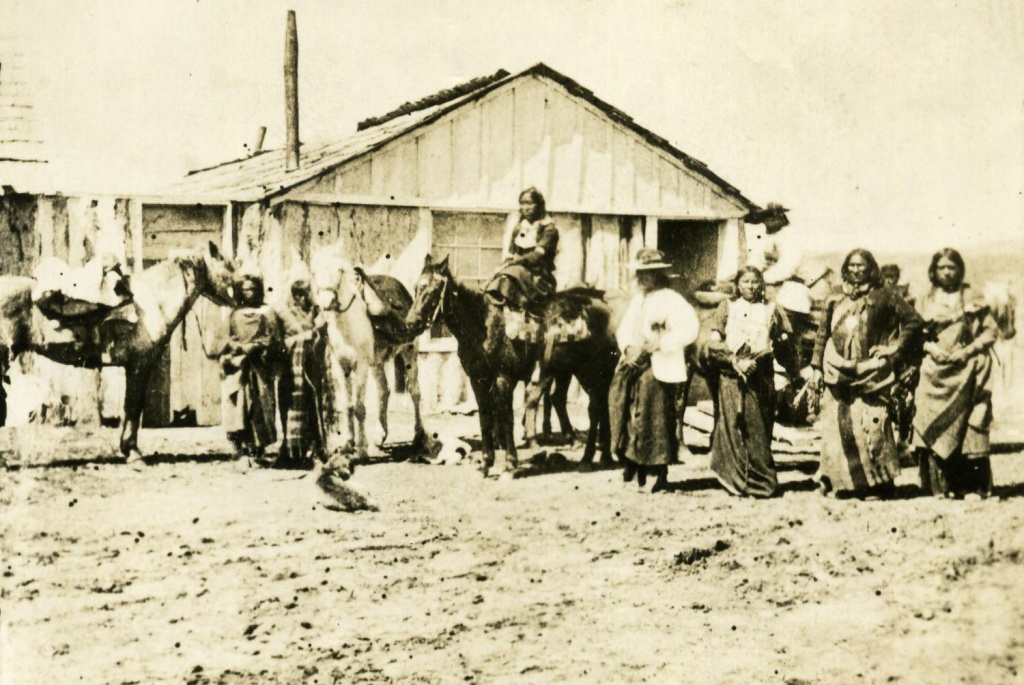
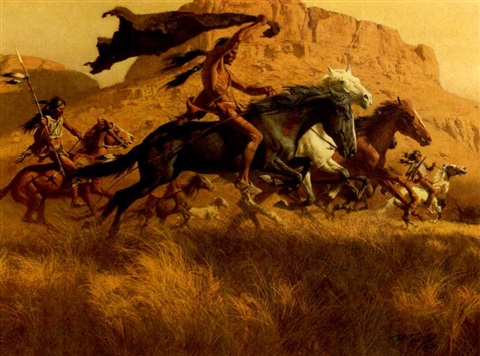
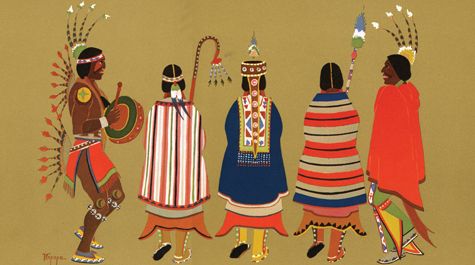
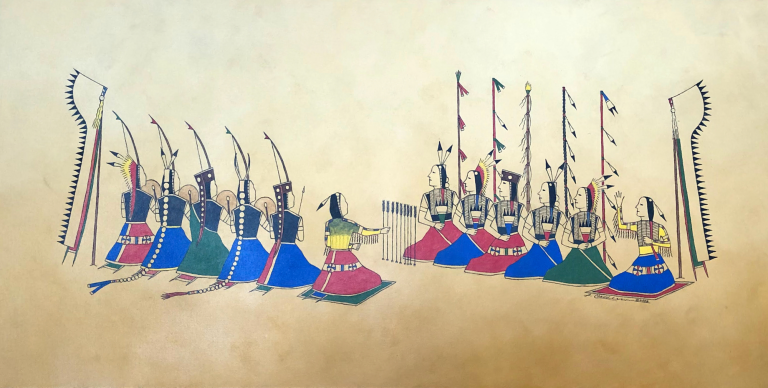
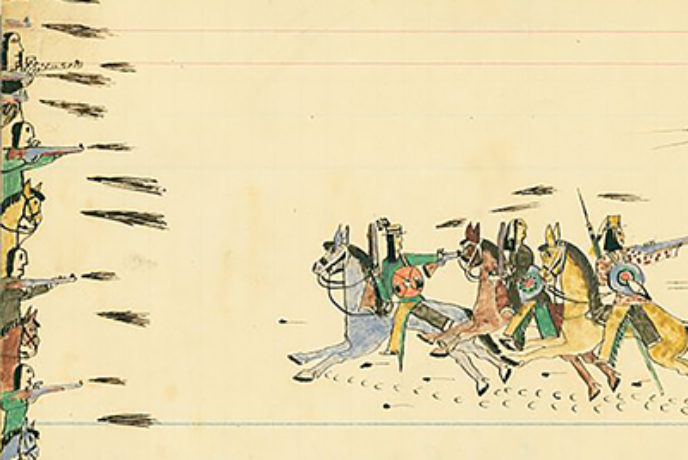

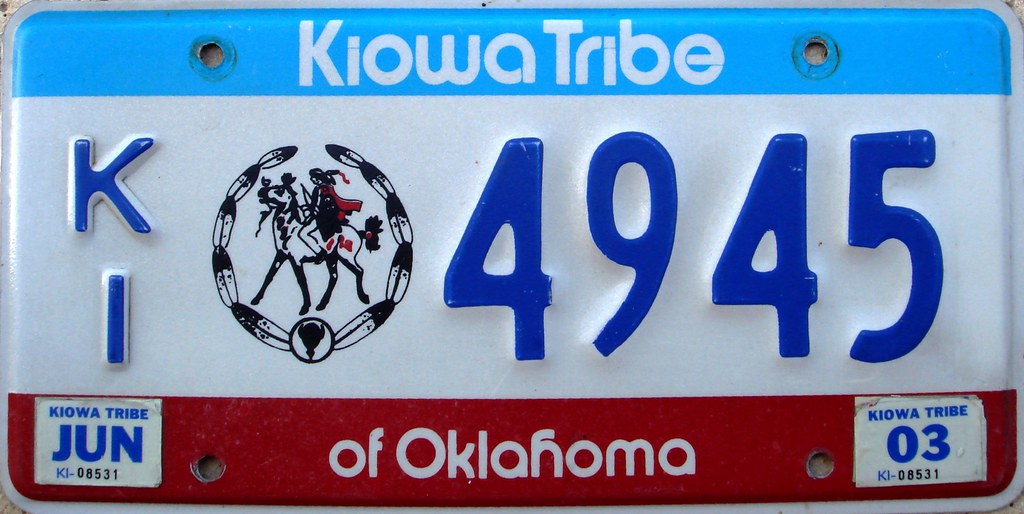
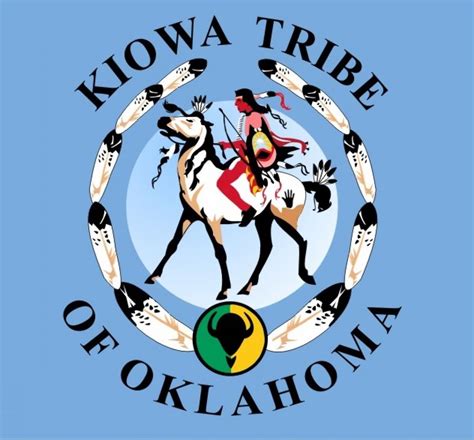



Quality articles or reviews is the crucial to interest the viewers to go to see the web site, that’s what this web page is providing. http://komijan.ir/modules.php?name=Your_Account&op=userinfo&username=ZacMokare9
LikeLike
Quality articles or reviews is the crucial to interest the viewers to go to
see the web site, that’s what this web page is providing. http://komijan.ir/modules.php?name=Your_Account&op=userinfo&username=ZacMokare9
LikeLike